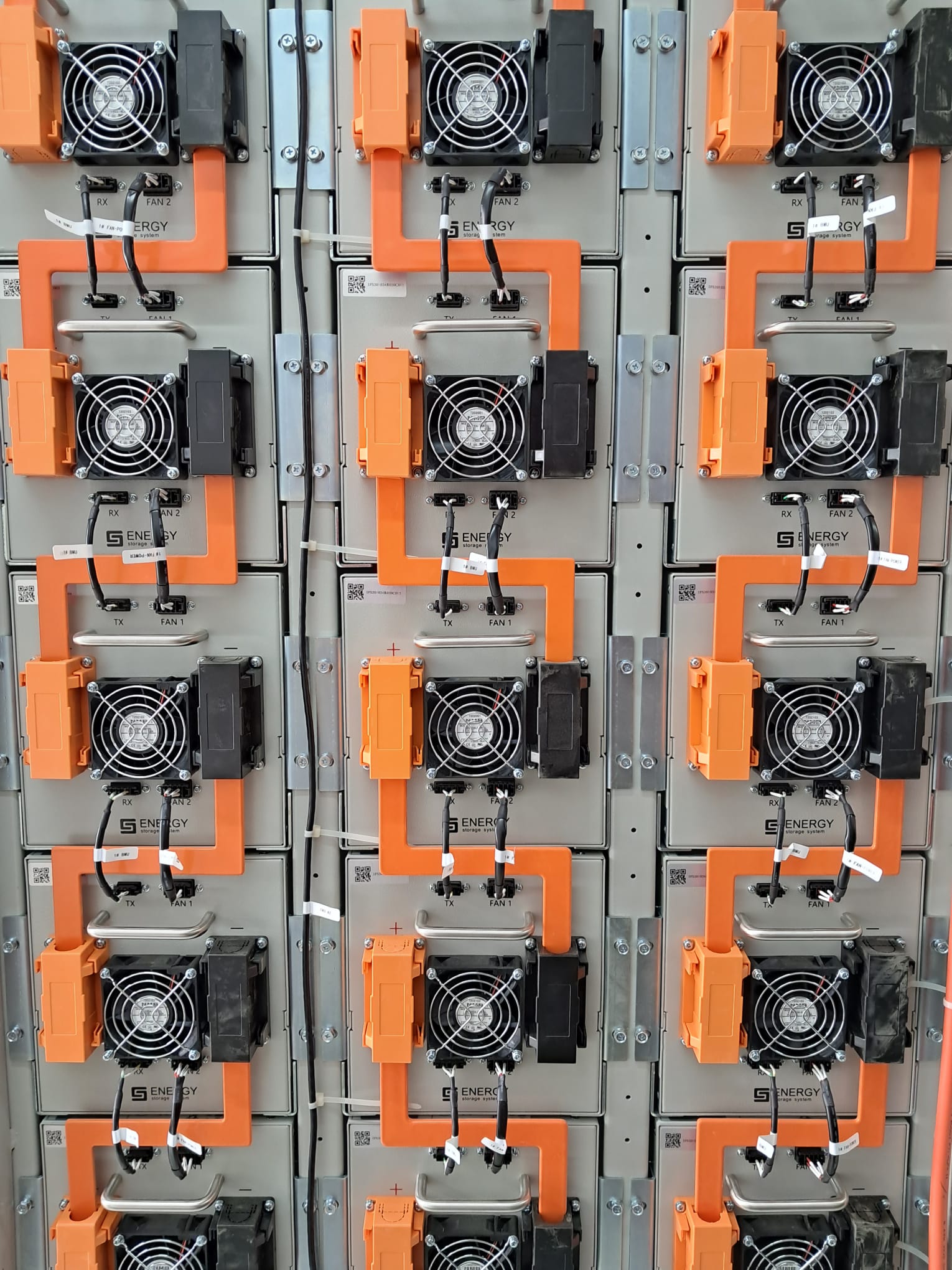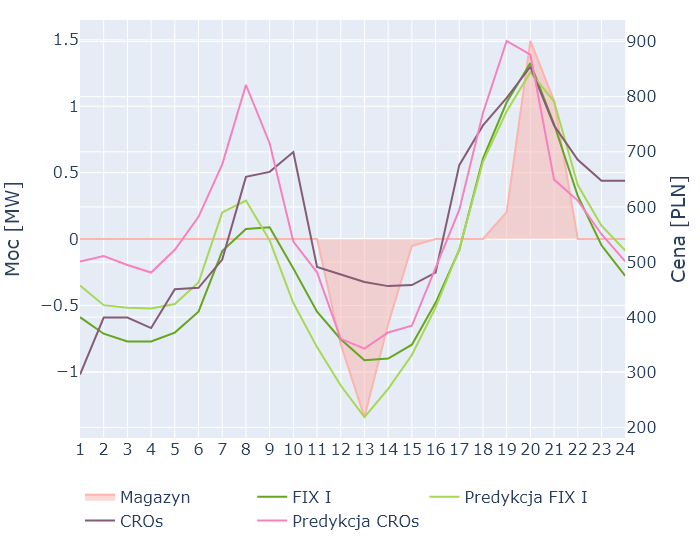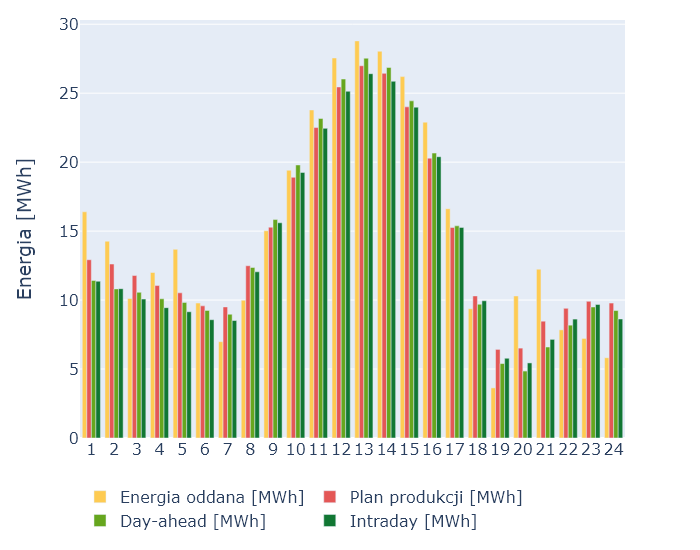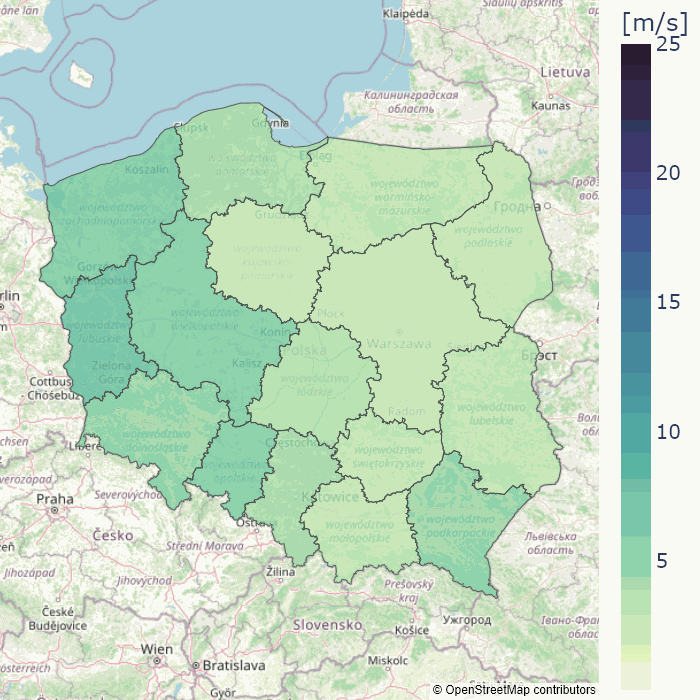Energy storage
Dynamic management of energy storage
Dynamic energy storage management is a management strategy aimed at optimizing the performance and efficiency of energy storage systems by continuously adjusting the methods of collecting, storing, and extracting energy to changing conditions and needs. This approach is particularly crucial in the context of renewable energy sources, such as solar and wind energy, which are variable and challenging to predict sources of energy.
Some key aspects of dynamic energy storage management include:
- Monitoring and Forecasting. A dynamic energy storage management system must continuously monitor the energy storage level, availability of energy from various sources (e.g., solar panels, wind turbines), and current energy demand. This requires advanced monitoring and forecasting systems.
- Real-time Optimization. Based on input data from monitoring and forecasts, the dynamic energy storage management system makes real-time decisions to optimize the storage and release of energy. This may include decisions related to charging batteries, discharging the storage, or supplying energy to the grid.
- Responding to Variable Conditions. Energy storage is particularly useful for variable and challenging-to-predict renewable energy sources. Dynamic management allows flexible adjustment of storage utilization based on changing weather and production conditions.
- Minimizing Losses and Costs. The dynamic energy storage management system aims to minimize energy losses during the charging and discharging of batteries and reduce costs associated with purchasing energy from the grid or producing energy from renewable sources. Additionally, it positively impacts the costs of the Renpro balancing group.
- Integration with the Power Grid. The energy storage system is integrated with the local power grid. Dynamic management enables active participation in the energy market, allowing both supplying energy to the grid and drawing energy depending on market prices and conditions.
Dynamic energy storage management is a complex task that requires advanced algorithms, monitoring and control systems, as well as access to real-time data. The innovative solutions in electric energy storage offered by Renpro will bring significant savings and improved energy efficiency to businesses and institutions.



Energy market forecasts
Energy market forecasts are the process of assessing and understanding the structure, dynamics, and trends in the energy sector. This analysis is conducted at various levels and aims to provide information that will assist in decision-making by the Renpro Optimizer.
Here are a few key elements that may be considered in the energy market analysis:
- Active Energy Sources. The energy market analysis typically begins with identifying and understanding various energy sources, such as coal, gas, oil, renewable energy sources (sun, wind, water), and new technologies like batteries and energy storage.
- Energy Demand. Evaluating energy demand during the analyzed period, with particular attention to seasons, days of the week, holidays in Poland and neighboring countries.
- Weather Conditions. The analysis involves various predictive models, determining their probability of realization. The variability of weather models is a key factor affecting the imperfections in forecasts of renewable energy source generation.
- Regulations and Policy. Energy markets are heavily regulated, impacting availability, prices, and competition. The analysis must consider existing regulations and energy policy.
- Costs and Prices. Energy market analysis should also incorporate production costs, consumer prices, and price trends. The costs of energy production can vary depending on the energy source and technology.
Energy market analysis is a complex task that requires access to data, analytical tools, and expert knowledge. It is conducted at multiple levels, from the global energy market to regional or local markets, depending on the needs. At Renpro, we utilize data services from four key energy market providers and several weather services simultaneously.

Area forecasts
Area weather forecasts relate to weather conditions in specific geographic areas that significantly impact the daily generation of electrical energy from renewable energy installations. These forecasts are provided by meteorological agencies and are based on the analysis of meteorological data, including information from satellites, radar, and surface-level measurements.
Key elements of area weather forecasts include:
- Weather Parameters. Area weather forecasts provide information on various weather parameters such as temperature, air humidity, precipitation, atmospheric pressure, wind speed and direction, and cloud cover.
- Forecast Time. Weather forecasts can be prepared for different time horizons, distinguishing between short-term, medium-term, and long-term forecasts.
- Accuracy. The accuracy of area weather forecasts is crucial. Meteorological agencies use advanced numerical models that analyze multiple factors and parameters to generate forecasts with the highest possible accuracy.
- Risks and Warnings. In the case of adverse weather conditions such as storms, hurricanes, icing, or snowfall, area weather forecasts help identify risks relevant to the energy market.
- Maps and Graphics. Weather forecasts are often presented using maps and graphics that aid in visualizing forecasted conditions in the area.

